Aiyush Pachnanda may have yet to finish his Photojournalism degree, but he’s already taking the…
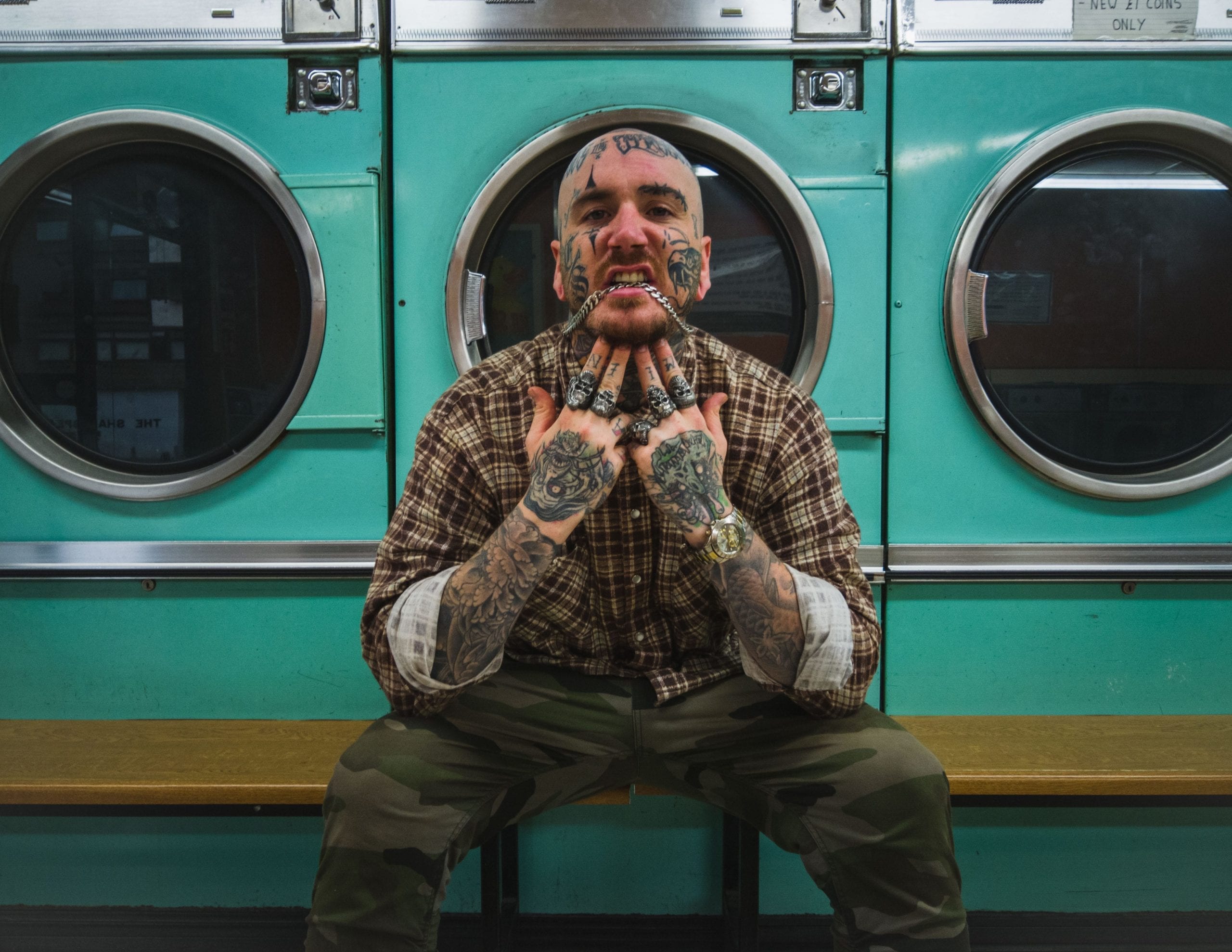

Aiyush Pachnanda may have yet to finish his Photojournalism degree, but he’s already taking the…
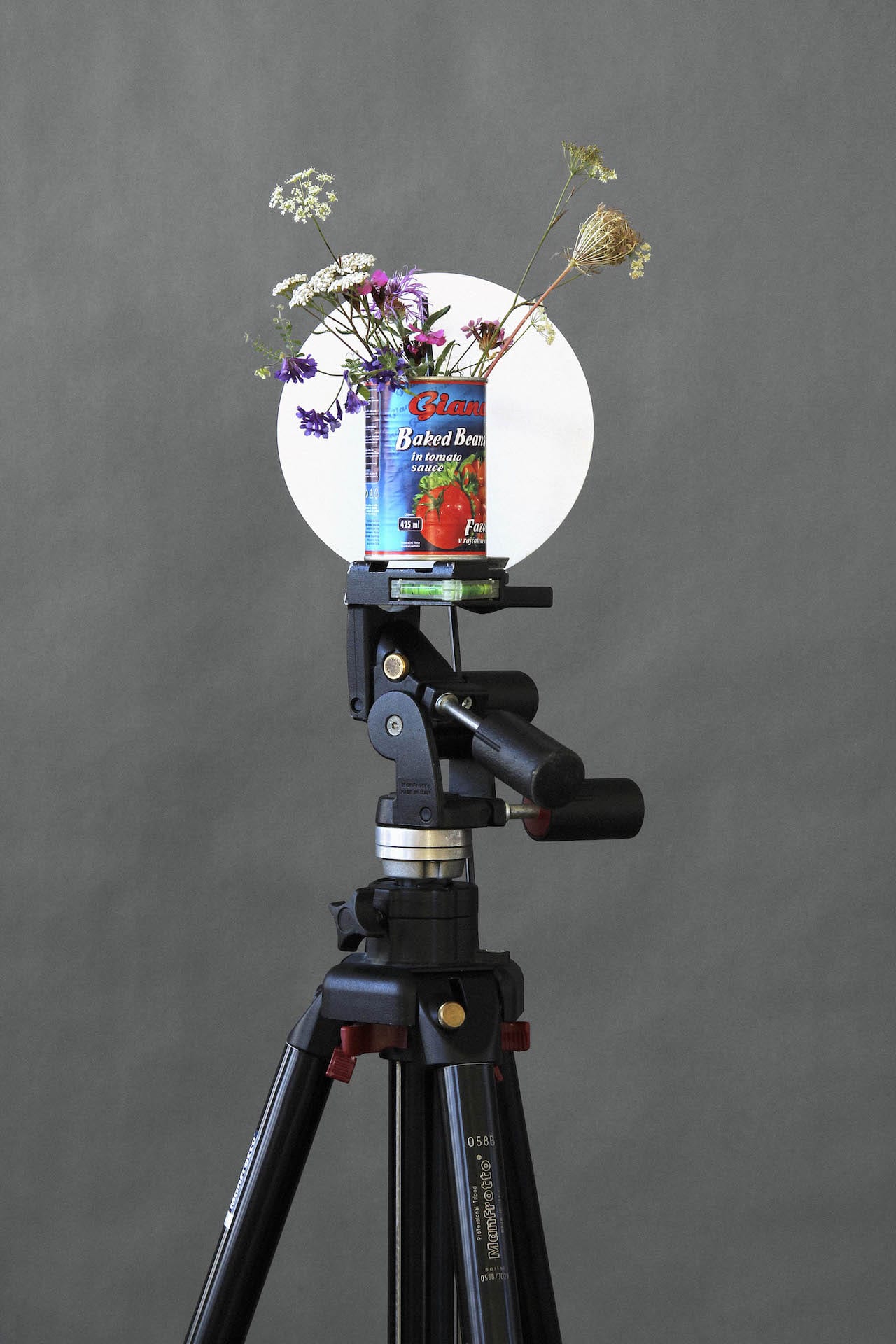
Feeling all shopped out? Take refuge in a photo show – though many are being hosted by private galleries in Paris next week, meaning you can still buy prints if you want to. Photo Saint-Germain is a huge umbrella under which 36 exhibitions and events are taking place, for example, including the Polycopies and Shakespeare & Co book events and several cultural institutes, but also smaller, commercial galleries.
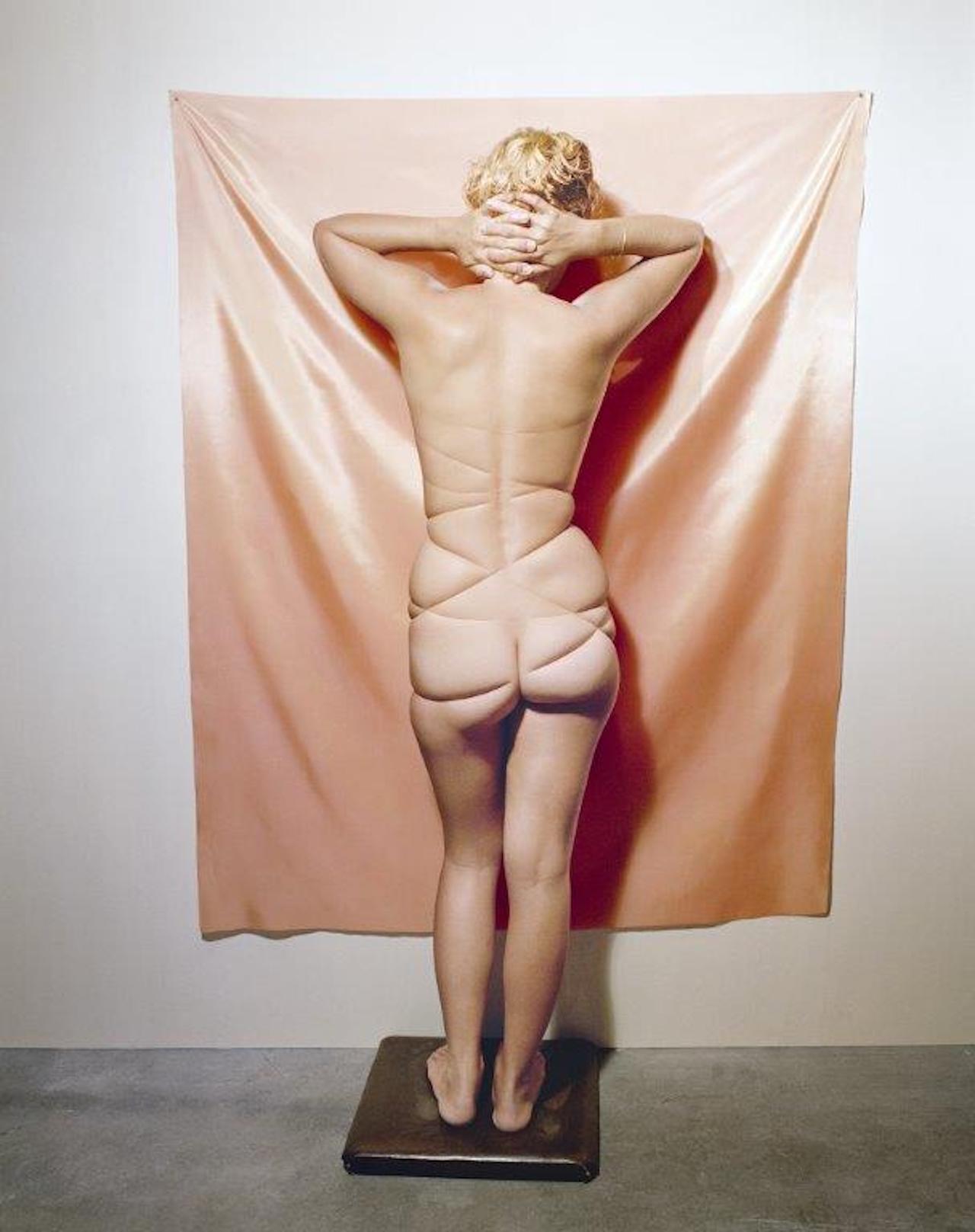
The biggest photo fair in Europe, Paris Photo returns from 08-11 November, with a new section on erotic images, and a walk-through focusing on female photographers.
Curated by Martha Kirszenbaum, curator of the French Pavilion at the 2019 Venice Biennale, the Curiosa sector will bring together intimate images by 13 artists such as Nobuyoshi Araki, JoAnn Callis, and Antoine d’Agata. Kirszenbaum hope to challenge the viewer’s gaze on the fetishised body, and tackle “relations of power, domination, and gender issues”. “There are images not everyone would like to see, which I think is good,” Kirszenbaum told BJP in an article published in our November issue.
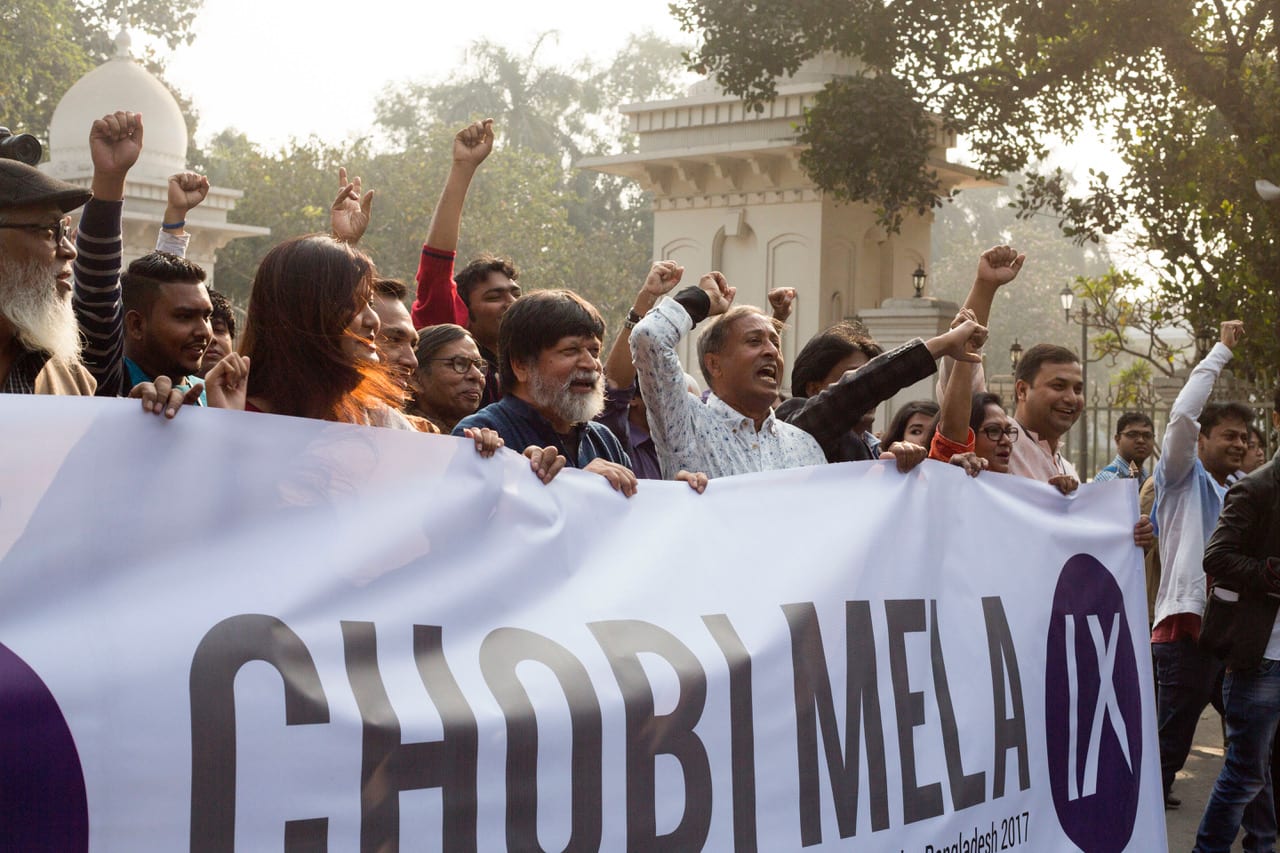
Bangladeshi photographer Shahidul Alam has been given the Humanitarian Award at this year’s Lucie Awards. The award was given on 28 October in recognition of Alam’s prestigious career in photography and activism, which has seen him documenting the democratic struggle to remove Bangladeshi dictator General Hussain Muhammad Ershad in 1984, publishing a celebrated book My journey as a witness, and taking the last official portrait of Nelson Mandela in 2009. In addition, Alam set up the award-winning Drik picture agency, the Chobi Mela festival, and the South Asian Media Institute.
Alam is currently in prison in Bangladesh, having been arrested on 05 August and charged with violating Bangladesh’s Information and Communication Technology Act. The Lucie Foundation took the opportunity to join the many international voices speaking out against his incarceration, which include Amnesty International, the Committee to Protect Journalists, Reporters Without Borders, and Index on Censorship.
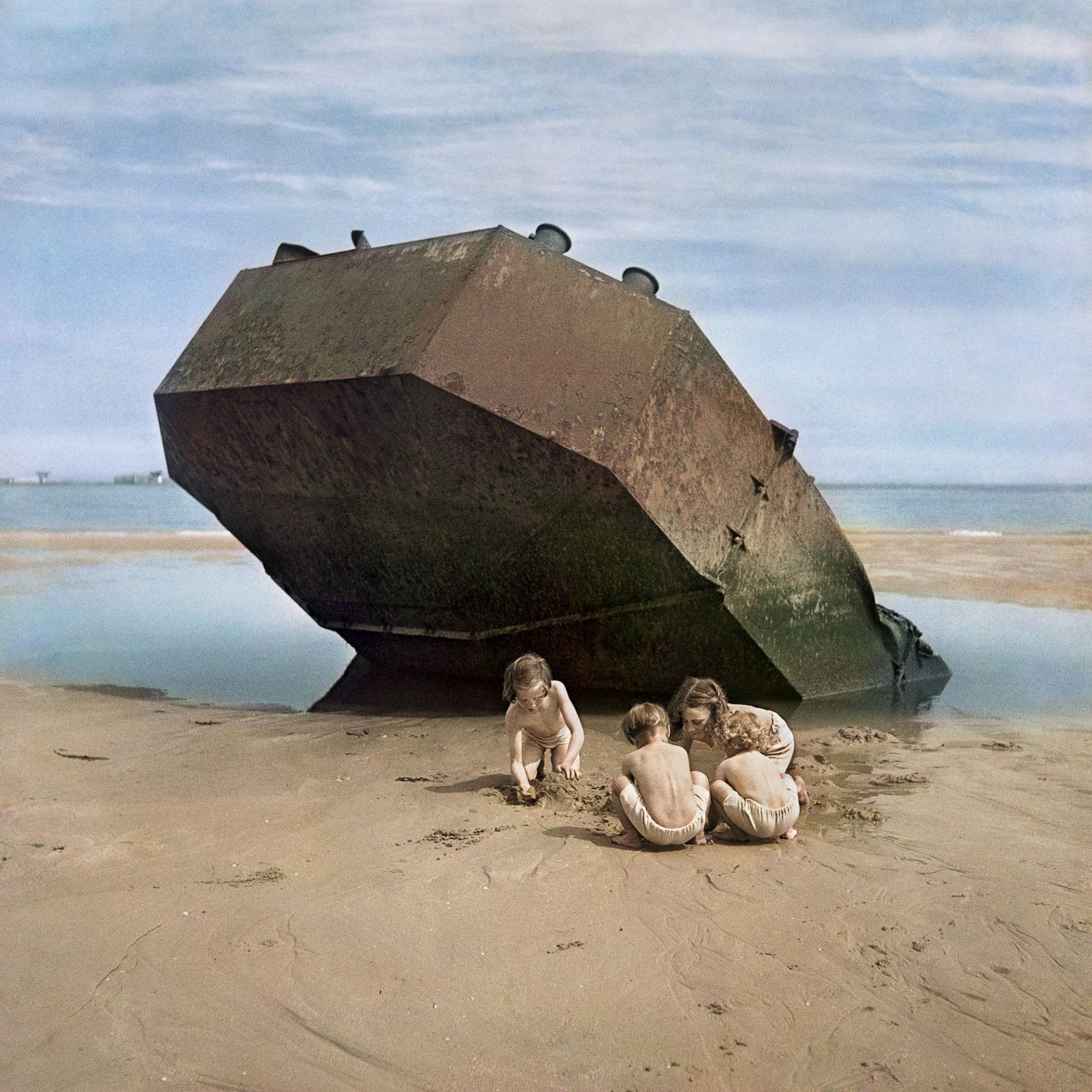
Though he co-founded Magnum Photos with Robert Capa, Henri Cartier-Bresson, and George Rodger and though – like them – he was one of the great documentary photographers of the 20th century, David ‘Chim’ Seymour is less famous than his colleagues. But this winter, a large retrospective in Amsterdam looks set to change all that.
Chim [pronounced “Shim’] acquired his nickname from his surname, because he was born Dawid Szymin in Warsaw, Poland, in 1911. His family was Jewish, and his parents were respected publishers of Yiddish and Hebrew Books; Chim and his parents left Warsaw for Odessa as World War One broke out in 1914, returning to Warsaw in 1919. Chim studied printing in Leipzig, then chemistry and physics at the Sorbonne in Paris, but got into photography while in France and started working as a freelance journalist in 1933. His first credited photograph was published in 1934 in the French communist magazine Regards.
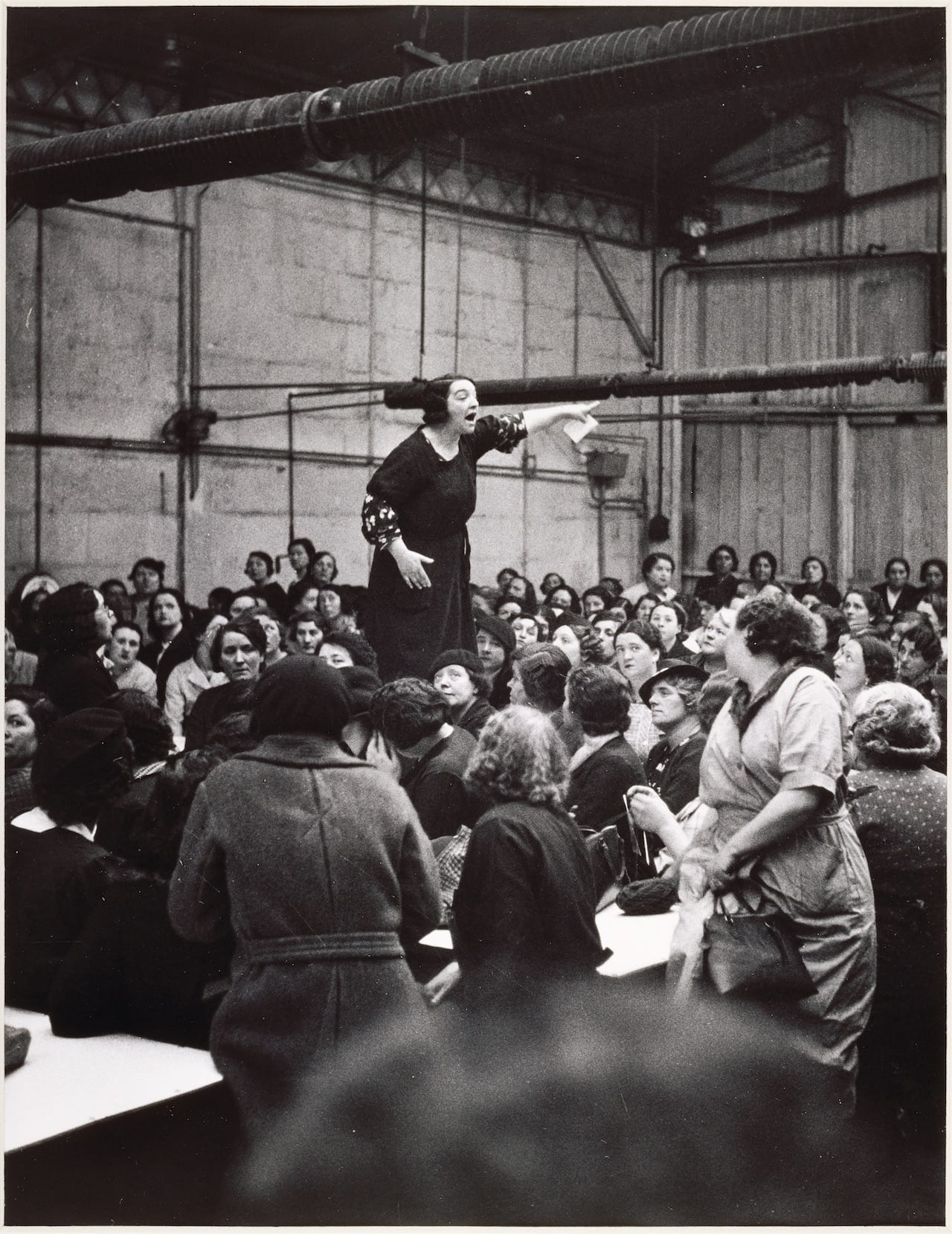
From 07 November to 04 February, the Centre Pompidou in Paris is showing a striking exhibition on a little-known aspect of the roots of 20th century social documentary photography, Photographie, arme de classe [which roughly translates as ‘Photography as a weapon in the class struggle’]. Curated by Damarice Amao, Florian Ebner and Christian Joschke, the show deals with a comparatively unknown period in French photo history, from the end of the 1920s to the arrival of the Front populaire government of 1936 – when the socialist, communist and radical parties formed a short-lived coalition to govern France, with the tacit backing of the Soviet Union.
Photographer and activist Henri Tracol (1909-1997) was the first to formulate the idea that photography could be an “arme de classe”, in the tract he wrote for the photographer’s section of the Association des Écrivains et Artistes Revolutionnaires [‘Association of Revolutionary Writers and Artists’ aka the AEAR], formed in 1932. Although this communist front, Moscow-sponsored organisation only lasted a few years, it attracted many of the leading figures of the day from art, theatre, literature, architecture, and particularly photography. Those who joined were either fellow travellers or politically attached to communism, seeing it as a bastion against the twin evils of the time – fascism and capitalism.
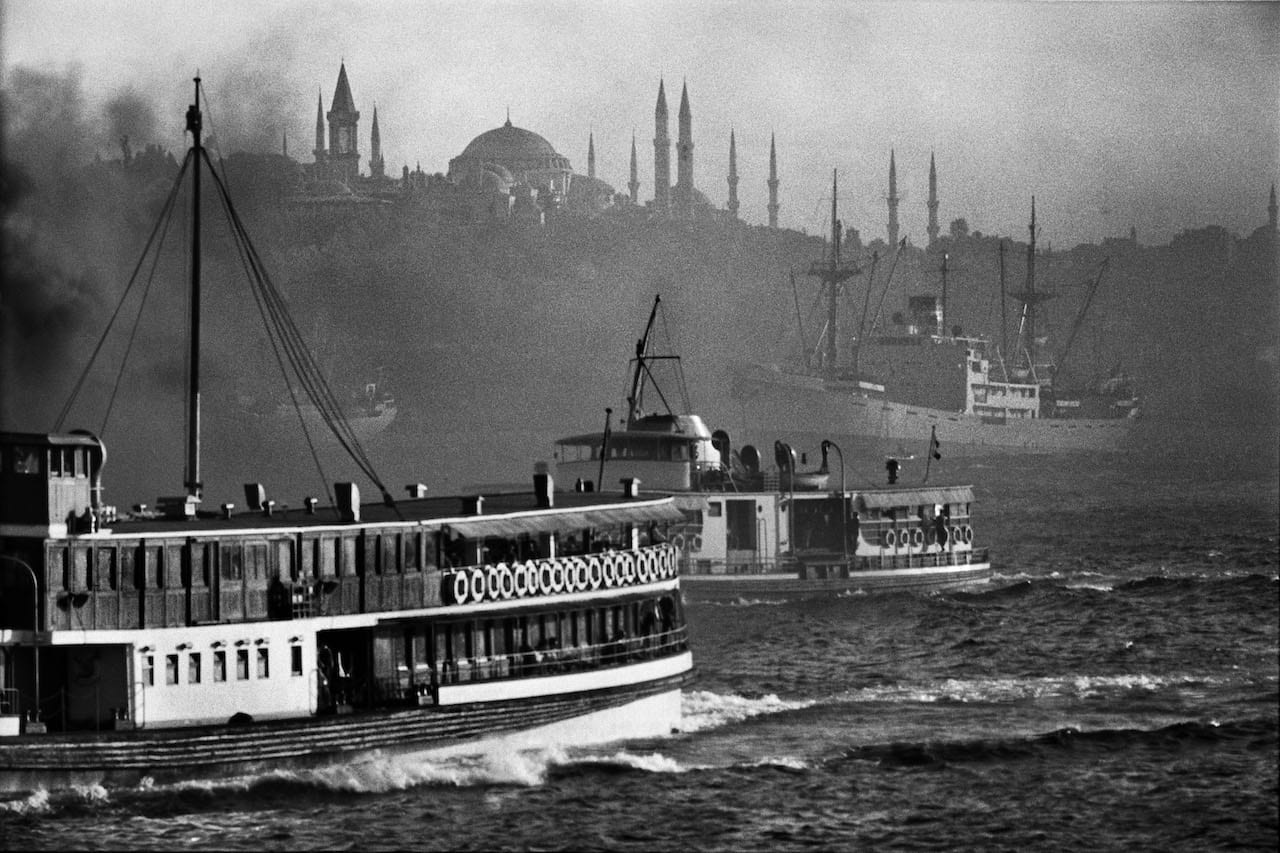
“He had such a strong character, he was full of energy and funny. Even if his health had worsened in recent months, he was always happy to welcome others and share good memories with friends in his famous Ara Kafé, near the no less well-known Istiklal Avenue. We will miss him,” says Emin Ozmen of Ara Güler – the ‘eye of Istanbul’ who has died aged 90
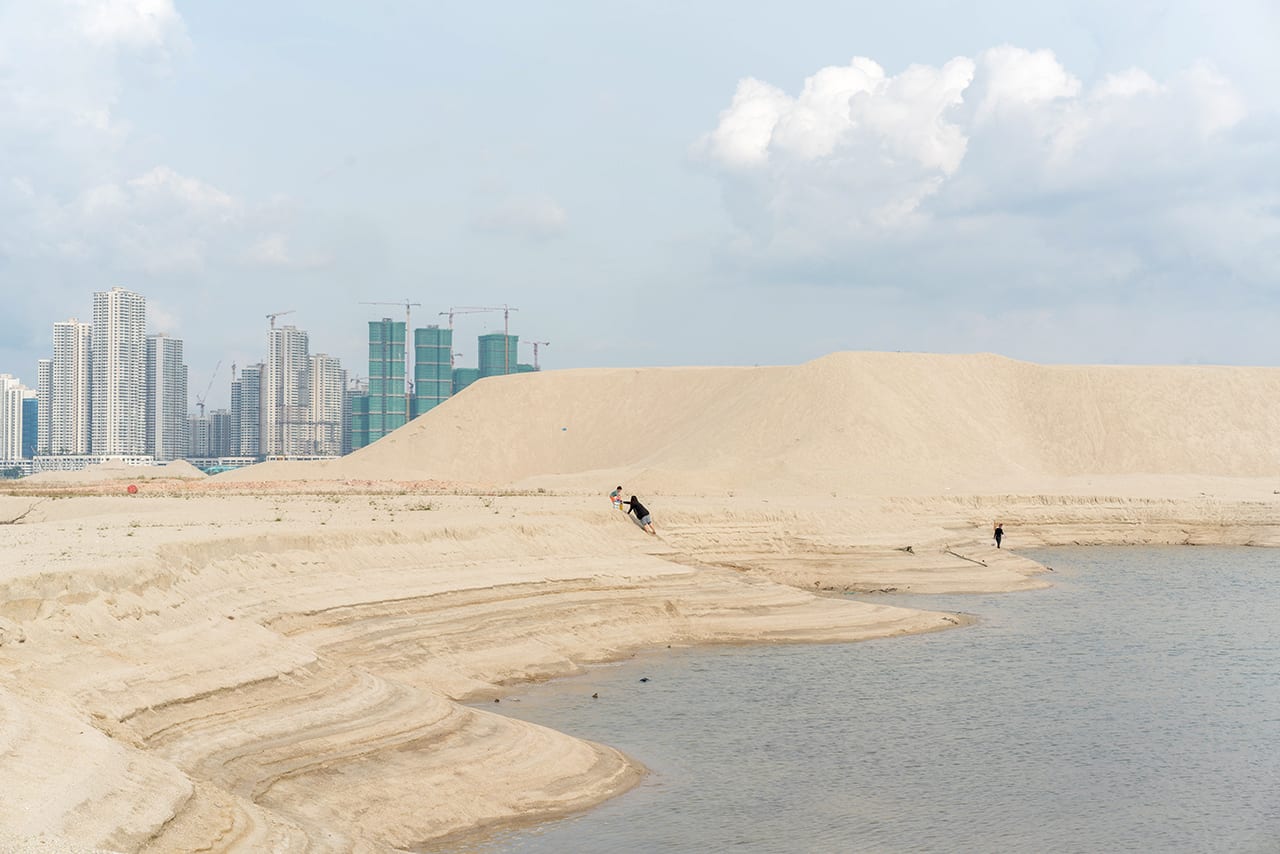
Would you like to join Magnum Photos? The agency is inviting photographers worldwide to submit their portfolios online by 31 January to be considered for nominee status.
Magnum will accept digital submissions from all professional photographers, and entries for June 2019 can be made through this website: https://contests.picter.com/magnum-photos/submissions-2019/ Applicants are required to submit two to three projects, with up to 80 photographs in total. The new nominee members will be announced on 01 July 2019.
In addition MACK is accepting open submissions for its First Book Award this year – in contrast to previous years, in which photographers were nominated by a panel of industry insiders. The prize is open to any photographer or artist who has not previously published work with a third party company, and entries are invited from 12 November 2018 – 21 January 2019. All entries must be paper book dummies; digital submissions are not accepted.
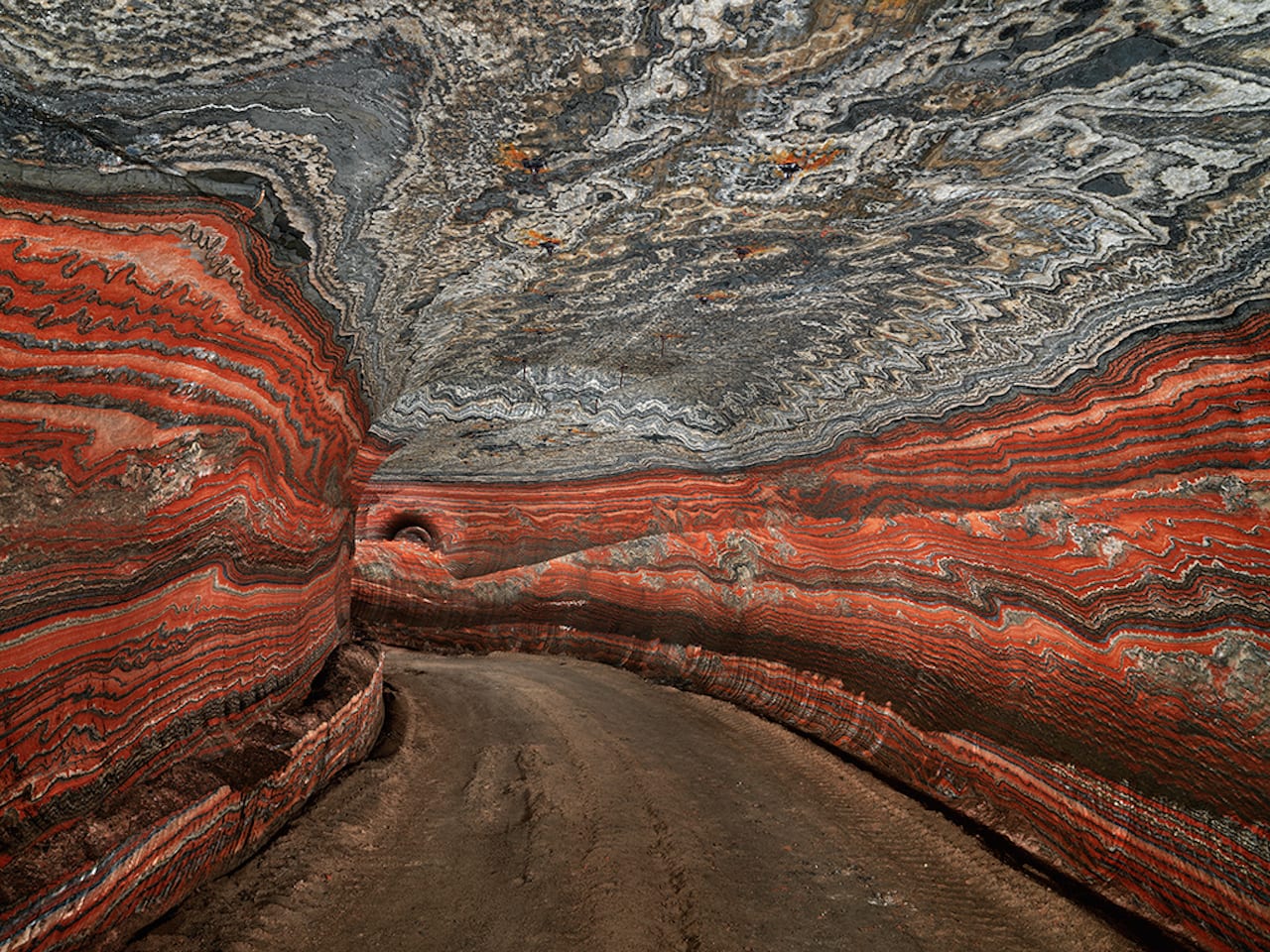
“Most people would walk by a dump pile and assume that there’s no picture there,” says global industrial landscape photographer Edward Burtynsky. “But there’s always a picture, you just have to go in there and find it.” Born in Canada in 1955, Burtynsky has been investigating human-altered landscapes in his artistic practice for over 35 years, capturing the sweeping views of nature altered by industry; from stone, to minerals, oil, transportation, and silicon. “Of course, it’s important to me to make sure that my pictures are attractive to the eye,” he says. “But beneath the surface there’s always a bigger, deeper environmental issue.”
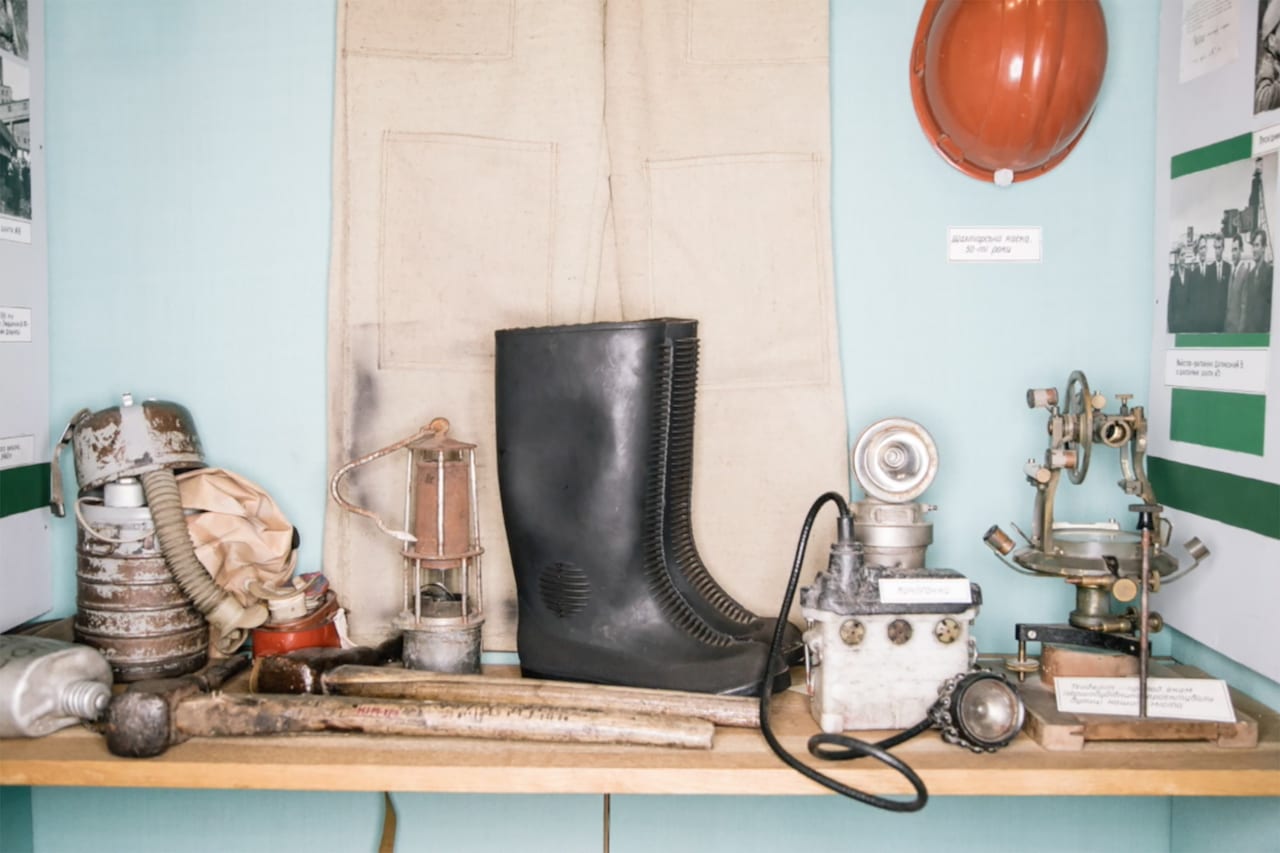
With €10,000 up for grabs to realise a project, the Greenpeace Photo Award is a great opportunity – and this year, the public decides who wins. Run with support from Geo Magazine, an awards jury has shortlisted seven photographers to choose from, each from a different country and each working on a series with an environmental theme.
The public has until 31 October to vote on the winner; a further €10,000 will go to a second winner selected by the jury, which this year includes curator and lecturer Lars Willumeit, and Geo Magazine chief photo editor Lars Lindemann.
The shortlisted photographers are: Niels Ackermann (Switzerland); Magda Biernat (USA); Arko Datto (India); Niklas Grapatin (Germany); Katrin Koenning (Australia); Pablo Piovano (Argentina); and Ian Willms (Canada).